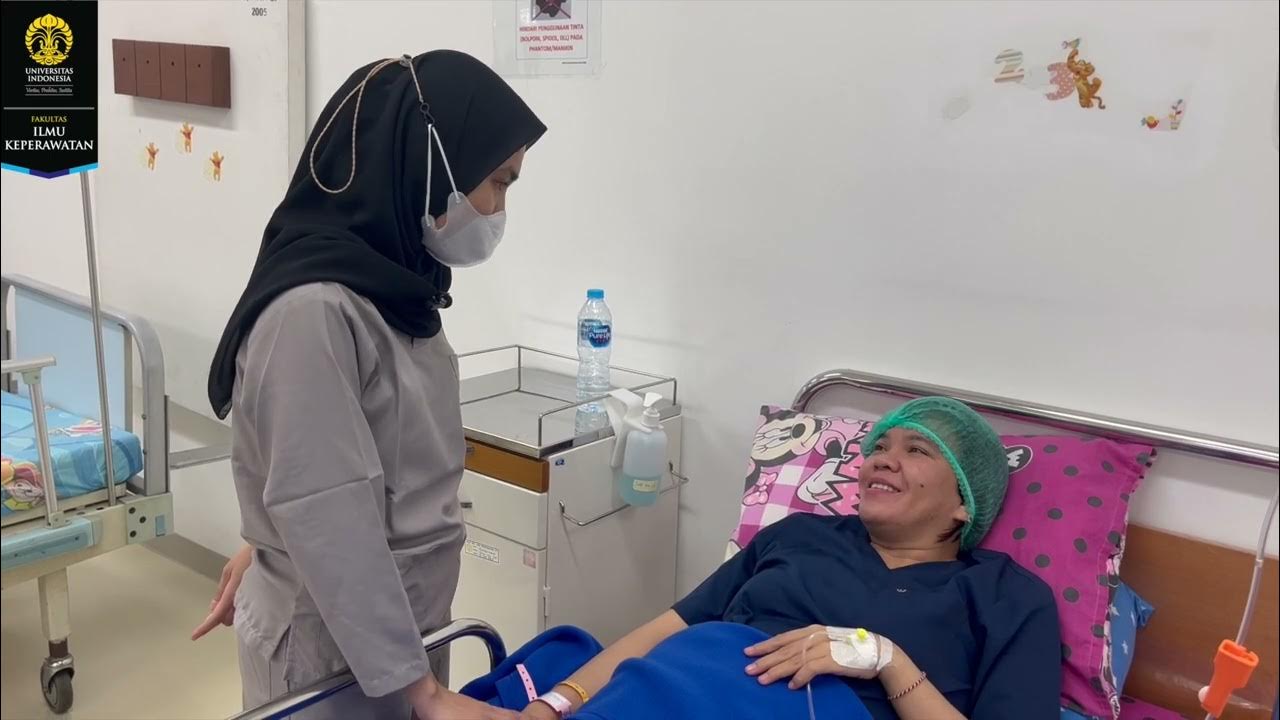Surgical Equipment: PREOP, OR, PACU
Summary
TLDRThis module explores the surgical environment, focusing on the OR layout and the daily workflow of surgical staff. It follows Mary, a surgical technologist, and Tom, a surgical nurse, through their day, detailing their preparation in locker rooms, activities in the lounge, and responsibilities in the OR. The script highlights the importance of maintaining sterility, the setup of equipment, and the flow of patients from pre-op to PACU. It emphasizes the one-way path to prevent contamination and the role of each staff member in ensuring a safe and efficient surgical process.
Takeaways
- 🏥 The module focuses on the layout of pre-op, PACU, and the OR, and the daily workflow of surgical staff.
- 👔 Surgical technologists and nurses start their day by changing into hospital-issued scrubs in the locker rooms.
- 🍽️ The OR lounge is a semi-restricted area where staff can eat and take breaks before entering the OR.
- 🛂 The control desk is where staff receive their daily assignments and participate in morning huddles.
- 🚪 The outer hallway is a high-traffic area where various medical professionals and patients move between different areas.
- 🏠 Each OR room is equipped with specific equipment tailored to the procedures performed there.
- 🔄 The inner core is where sterile supplies and case carts are stored for quick access during surgeries.
- 👩⚕️ Surgical technologists set up sterile fields and prepare for procedures, while nurses manage patient care.
- 🛡️ Once a patient enters the OR, all opened instruments and supplies are considered contaminated.
- 🧼 Dirty instruments and supplies must be covered and taken to decontamination, avoiding contact with sterile areas.
- 🔁 The process is repeated throughout the day, with strict adherence to a one-way path to maintain sterility.
Q & A
What is the first location Mary and Tom visit in the hospital?
-Mary and Tom start their day in the male and female locker rooms, where they change from their street clothes into surgical hospital-issued clothes.
What items of clothing do Mary and Tom change into after entering the locker rooms?
-After changing, Mary and Tom wear surgical scrubs, hair covers, and shoe covers.
What is the purpose of the OR lounge?
-The OR lounge is a semi-restricted area where staff can eat and take their breaks before entering the operating room.
What is the significance of the outer hallway in the OR suite?
-The outer hallway is where a lot of activity takes place, including the movement of surgeons, anesthesiologists, surgical techs, and other staff, as well as the transportation of patients to their rooms.
Why is wearing a mask required when leaving the OR lounge?
-A mask is required when leaving the OR lounge because it leads to the outer hallway and restricted areas where there is increased potential for microbial exposure.
What is the role of the control desk in the OR suite?
-The control desk is where the schedule for the day is managed, and staff members can see their assignments for the day. It is also a place for morning huddles where managers discuss important issues.
How are the OR rooms equipped for different surgical procedures?
-Different OR rooms are equipped with specific equipment based on the type of procedures scheduled for that day. For example, one room might be dedicated for cystoscopy, while others might be for orthopedic or cardiac surgeries.
What is the inner core and why is it important?
-The inner core is an area filled with prepared case carts for the day's surgeries, as well as shelves of extra sterile supplies for quick access during procedures. It is important to keep the sterile supplies separate from potential contaminants.
What is the role of the surgical technologist and nurse in setting up for a surgical procedure?
-The surgical technologist and nurse are responsible for collecting the necessary equipment, setting up the sterile field, and preparing the case carts with all the supplies needed for the specific procedure.
Why is it crucial to keep the OR doors closed during surgeries?
-The OR doors should be kept closed to minimize the movement of microbes that can be stirred up by the traffic of people in the outer hallway. This helps maintain a sterile environment within the OR.
What happens to the instruments and supplies after a patient enters the OR room?
-Once a patient enters the OR room, all opened instrumentation and supplies are considered contaminated with the patient's microbes. They cannot be taken into areas with sterile supplies and must be covered and taken to the surgical decontamination room.
Outlines

Cette section est réservée aux utilisateurs payants. Améliorez votre compte pour accéder à cette section.
Améliorer maintenantMindmap

Cette section est réservée aux utilisateurs payants. Améliorez votre compte pour accéder à cette section.
Améliorer maintenantKeywords

Cette section est réservée aux utilisateurs payants. Améliorez votre compte pour accéder à cette section.
Améliorer maintenantHighlights

Cette section est réservée aux utilisateurs payants. Améliorez votre compte pour accéder à cette section.
Améliorer maintenantTranscripts

Cette section est réservée aux utilisateurs payants. Améliorez votre compte pour accéder à cette section.
Améliorer maintenantVoir Plus de Vidéos Connexes

Edukasi Praktikum SKP 4 _ Kepastian Tepat Lokasi, Tepat Prosedur, dan Tepat Pasien Operasi

Overview and Introduction in the Operating Room / Delivery Room: Student Nurse Perspective.

How To Get YOUR Crown Back!

How to Make The Eyes More Attractive ? Complete Looksmaxxing Guide (Blackpill Analysis)

Lecture: asepsis,antisepsis, sterilization, disinfection.

Rotinas na clínica cirúrgica para enfermeiros e técnicos de enfermagem
5.0 / 5 (0 votes)
